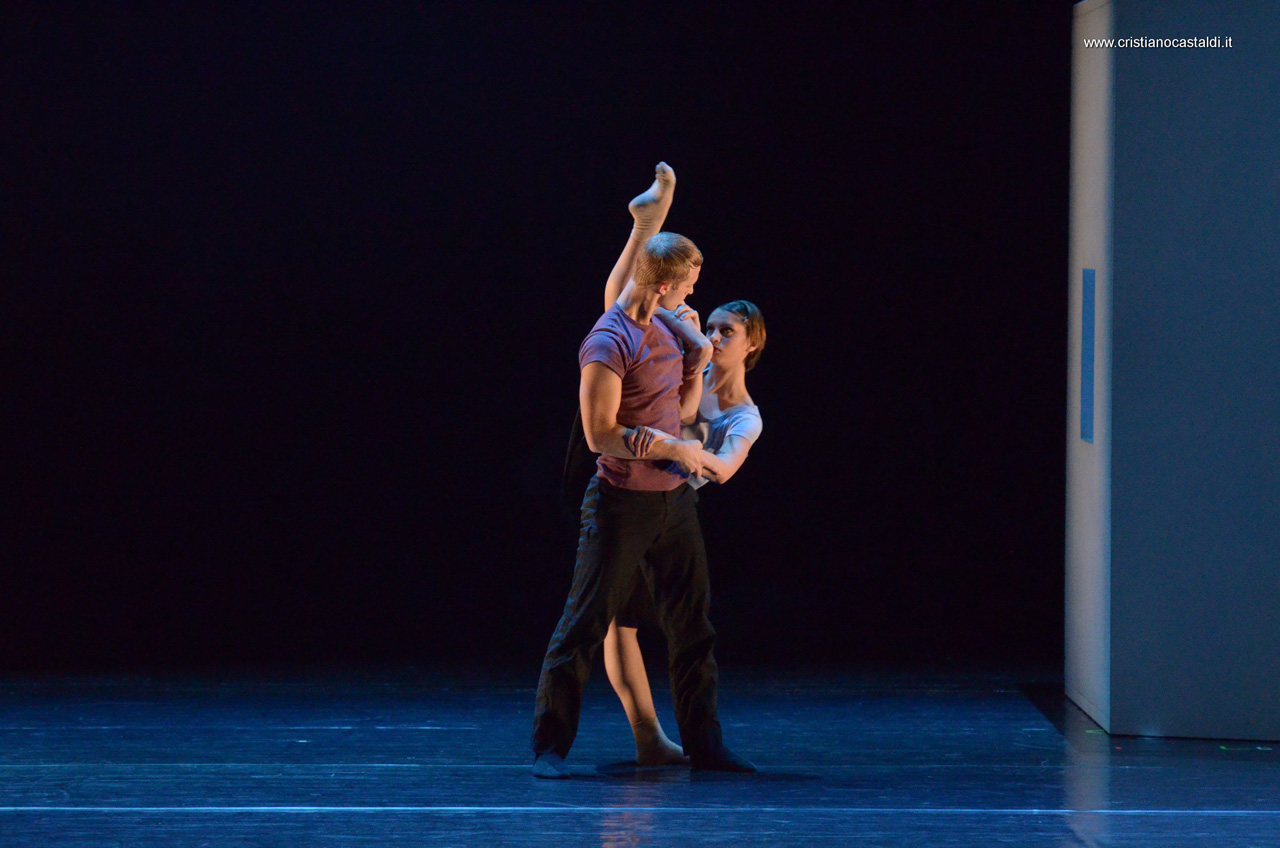
News
‘Deal with the Devil’: Harvard Medical School Faculty Grapple with Increased Industry Research Funding

News
As Dean Long’s Departure Looms, Harvard President Garber To Appoint Interim HGSE Dean

News
Harvard Students Rally in Solidarity with Pro-Palestine MIT Encampment Amid National Campus Turmoil

News
Attorneys Present Closing Arguments in Wrongful Death Trial Against CAMHS Employee

News
Harvard President Garber Declines To Rule Out Police Response To Campus Protests
Artist Spotlight: Valentina Marini & Spellbound Contemporary Ballet

Spellbound Contemporary Ballet is an internationally recognized modern dance company from Rome, founded in 1994 by choreographer and artistic director Mauro Astolfi. In anticipation of the troupe’s upcoming Celebrity Series of Boston-sponsored production of “Le Quattro Stagioni (The Four Seasons),” manager Valentina Marini sat down with the Crimson to talk about dance as a channel of expression, Spellbound’s goals, and the different artistic elements that make up “The Four Seasons.”
The Harvard Crimson: How do you feel art differs between Europe and the United States?
Valentina Marini: I think the performing arts in general—it’s something that’s really appreciated [in the U.S.]. There’s a highlight around the performing arts in the country…and what is amazing in it is that it is a part of life [from] high school, [from] university…. I think it’s something that is a part of daily life [for] many people in your country…and this can create a curiosity. It can create an attitude.
THC: What challenges have you faced during the U.S. premiere of “The Four Seasons”?
VM: Every production is a challenge because you cannot imagine if it succeeded or not…. If there is no challenge there is no art because it means things are fixed, no? You must...try to do something that is not done before or maybe mix in ingredients and elements differently…. But the basic challenge is the reaction of the people. It’s always interesting to present something different. We've been in Boston years ago with a...completely different show. So it’s curious now to see how people can react to something so far from what we’ve presented three years ago…. And then the chapter after is the challenge [of] how to renew the idea of the seasons—so not to put on stage the seasons in the traditional way—and to make it a contemporary performance.
THC: What do you hope the audience will experience or take away from this show?
VM: I just simply wish that they can enjoy [it]. What they decide to take away as inspiration, it’s something very personal, so we don’t want to push people to have a specific idea about the show. In this way, you have different point[s] of view. Maybe a kid can enjoy just the videos [that are part of the set]. Maybe someone with a different point of view can follow the line of the season and read between the lines something that is more connected to the feeling of the chapters of the life of a human being. Someone is more attract[ed] by the challenging use of the props…. Mauro [is] trying to give suggestion, but not keep the audience on a certain line [to] leave the freedom of interpretation.
THC: Why did you juxtapose classical music with modern dance in this production?
VM: Music is music. If music is classical, it does not mean the movement cannot be contemporary…. What is important is that in the end is that there is a good connection in between the parts. Mauro loves to create mix[es] in music [and] ballet: classical music with contemporary music, and using contemporary movement with the classical music…. It’s a personal interpretation and a personal vision.
THC: Broadly speaking, what are Spellbound’s goals?
Want to keep up with breaking news? Subscribe to our email newsletter.
